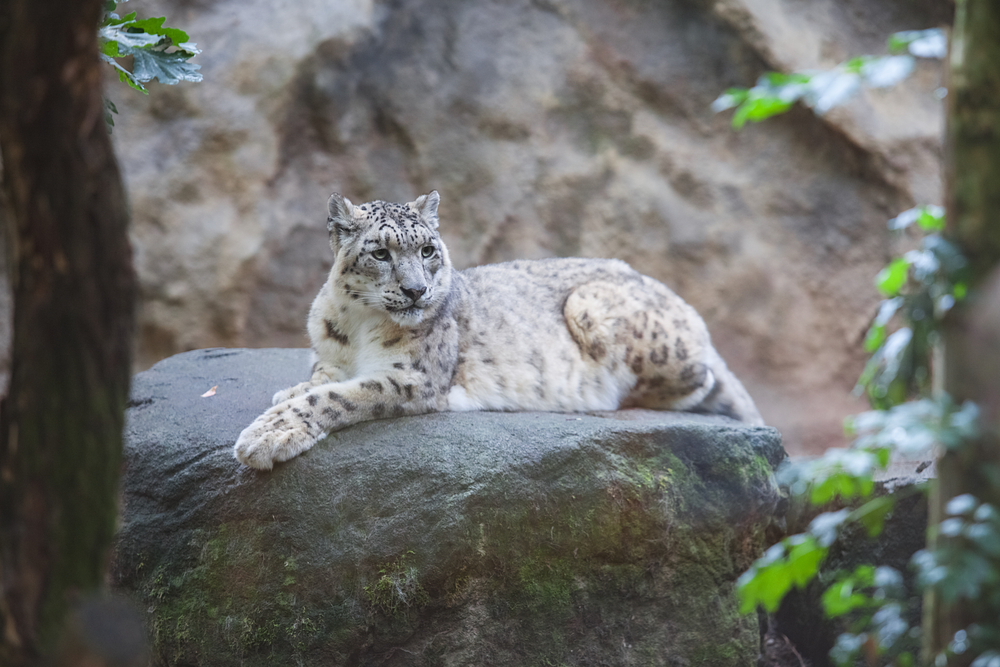Hemis Overview
Hemis National Park, known locally as Hemis High Altitude National Park, is a breathtaking natural reserve located in the eastern part of Ladakh, India. Established in 1981, this remarkable park spans an impressive area of 1,700 square miles (4,400 square kilometers), making it the largest national park in South Asia. Nestled in the Trans-Himalayan region, Hemis offers visitors a unique glimpse into one of the world’s most remote and rugged landscapes. Its elevation ranges from 11,500 feet (3,500 meters) to over 22,966 feet (7,000 meters), creating a diverse and dramatic terrain. This high-altitude wonder is bordered by the Indus River to the north and is characterized by its deep gorges, alpine meadows, and stark mountain ridges. Iconic peaks such as Stok Kangri and the Zanskar Range dominate the skyline, while the park’s glaciers and river valleys add a sense of majesty.
The vegetation of Hemis National Park is shaped by its harsh climate and high altitude. It predominantly features dry alpine and steppe flora, including juniper, birch, and various shrubs such as wild rose and caragana. The lower slopes are dotted with grasslands that burst into a riot of color during the brief summer, while the higher altitudes are largely barren and rocky, with mosses and lichens adding to the subtle palette of the environment. The park’s rich ecosystem is supported by its rivers, fed by snowmelt, which sustain both wildlife and vegetation in this challenging habitat.
Hemis is world-renowned for its extraordinary biodiversity, particularly as a sanctuary for the elusive snow leopard. The park is home to one of the highest densities of this rare predator, earning it the title of the “Snow Leopard Capital of India.” Other notable mammals include the Himalayan blue sheep (bharal), Asiatic ibex, Tibetan wolf, red fox, and the Ladakhi urial. Bird enthusiasts will find Hemis equally captivating, with species such as the golden eagle, lammergeier (bearded vulture), Himalayan griffon, and a variety of finches and snowcocks gracing its skies. The unique wildlife and remote setting make the park a haven for nature lovers and wildlife photographers.
Visitors to Hemis National Park are often drawn to its tranquil beauty and cultural significance. The Hemis Monastery, located near the park, is an iconic feature and hosts an annual festival that celebrates Ladakhi culture. Trekking is the most popular way to explore the park, with trails offering stunning views of the rugged terrain and opportunities to spot wildlife. The Markha Valley trek is particularly famous, leading visitors through picturesque villages, ancient monasteries, and breathtaking vistas. Camping and wildlife safaris also provide immersive experiences in this pristine wilderness.
Despite its natural wealth, Hemis faces significant conservation challenges, including climate change, human-wildlife conflicts, and habitat degradation. However, the park’s management has achieved successes through community-based conservation programs, which involve local villagers in protecting wildlife and promoting sustainable tourism. These initiatives have helped bolster the snow leopard population and preserve the fragile ecosystem.










































































